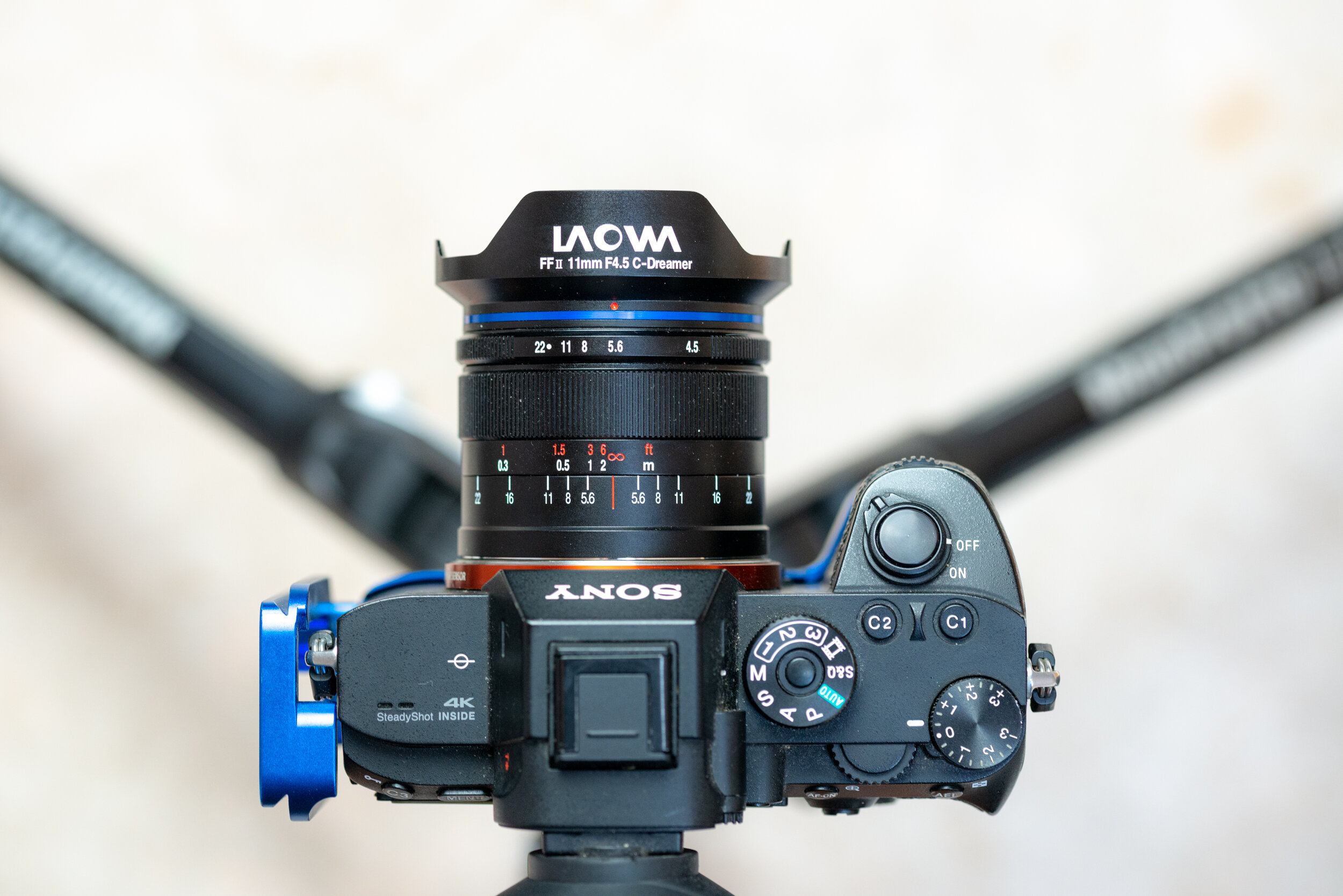Laowa 11mm f/4.5 C-Dreamer Hyper-Wide Prime Review
Laowa 11mm f/4.5 C-Dreamer Hyper-Wide
For Sony E
I’m not going to class this as a review as such, more a hands on shooting experience. For a thorough and technical review, head over to https://phillipreeve.net/blog/review-laowa-11mm-4-5-ff-rl/
Although still considered a newcomer, Laowa have certainly made an impact in the lens market and Its fair to say that Laowa can produce some pretty niche, awesome, unique and crazy lenses! During the summer of 2020, three new lenses were announced – this 11mm, a Zero-D 14mm (I need more info on this lens) and then the insane 9mm f/5.6! As you can see from their lens portfolio, Laowa loves a wide lens and so do I!
If you love shooting wide, take a look at what they offer – covering a range from 4mm! So, for this new 11mm, who is this suited for? Read on to see if it could be for you!
A quick rundown on some specs:
Max aperture - f/4.5
Min Aperture - f/22
Angle of view - 126°
Lens structure - 14 Elements in 10 groups
Aperture blades - 5 straight
Min focus - 19cm
Filter size - 62mm
Weight - 254g
Mounts - Sony E, Nikon Z, Leica/Sigma/Panasonic L and Leica M
Build
As with all previous Laowa lenses, this is an all metal build that feels strong and well made. The clicky aperture ring is positioned towards the front of the lens and is great to use. The grooved focus ring provides a decent grip and turns smoothly in use. On the underside of the focus ring is a metal focussing tab, to aid your manual focus. There is a fixed metal hood, which looks beautiful in my opinion and I love the large engraved logo. A unique feature of this lens is the inclusion of a 62mm filter thread. Nearly all lenses this wide do not allow for screw on filters, so this is a pleasant addition! You could also use a 62mm lens cap, however a lovely slip on metal cap is included. This lens is 100% manual, meaning it will not transmit any electronic info such as exif data and unfortunately, there is no weather sealing.
C-Dreamer is Laowa’s way of labelling this lens as part of their small and compact series of lenses. Which it is at only 254 grams!
Optics
The 11mm features a whopping 126° angle of view and is rectilinear, apposed to fisheye. This hasn’t been designed to be part of their Zero – D range, however, it still features some pretty special elements inside such as 2 aspherical and 3 extra-low dispersion elements. This helps to keep distortion and aberrations to a minimum. I didn’t do any special tests for distortion, but to my eye it all looks pretty good here. High contrasting edges do show up small amounts of CA, but this is a super simple fix in post and on most scenarios CA is controlled fairly well! I never found it ever to be too bad or much of an issue. Below is RAW sample image, untouched, showing the CA around the edges of the pier. As you can see, it is quite low!
While many lenses these days come with 9 or more aperture blades, this 11mm f/4.5 shares the same 5 bladed iris that is found in the 10-18mm f/4.5-5.6 and the newly announced 9mm f/5.6. These 5 blades are straight, not rounded so create 10 pointed sunstars which are a beautifully sharp. Once you stop down to f/5.6 (and beyond), they become visible when there is a small and bright light source. I personally love this style of sunstar and is a huge improvement over the older 12mm f/2.8 and 15mm f/2.
5 straight bladed iris
Speaking of improvements, the flare resistance seems to be controlled better versus some of Laowa’s other lenses. If you’ve shot with Laowa glass before, you’ll know about the fairly prominent red flaring. This still shows up when pointed at the sun or very bright light sources, but I did find it wasn’t as easy to trigger and so this is certainly a welcomed improvement. The image below to the right is to show a worse case scenario. The image on the left showed nothing major at all and in fact, a lot of my shooting involves pointing it into the sun, which I have done lots with this lens. A slight movement or change in composition can often reduce any flaring significantly.
This was the worst case scenario of flaring. I bracketed 5 shots to create a HDR image.
Vignetting is apparent through the aperture range, but I found f/8 to show the least amount.Below is another untouched RAW and next to it is a quick edit. As you can see in the screenshot all I did was brighten it up and change the white balance. I didn’t add any vignette removal.
The 11mm exhibits a small amount of green colour cast towards the corners. I noticed it is more pronounced after removing the vignette, but it is a simple fix in post by using a warm/magenta gradient filter. The edit below has not been corrected for colour cast.
Sharpness

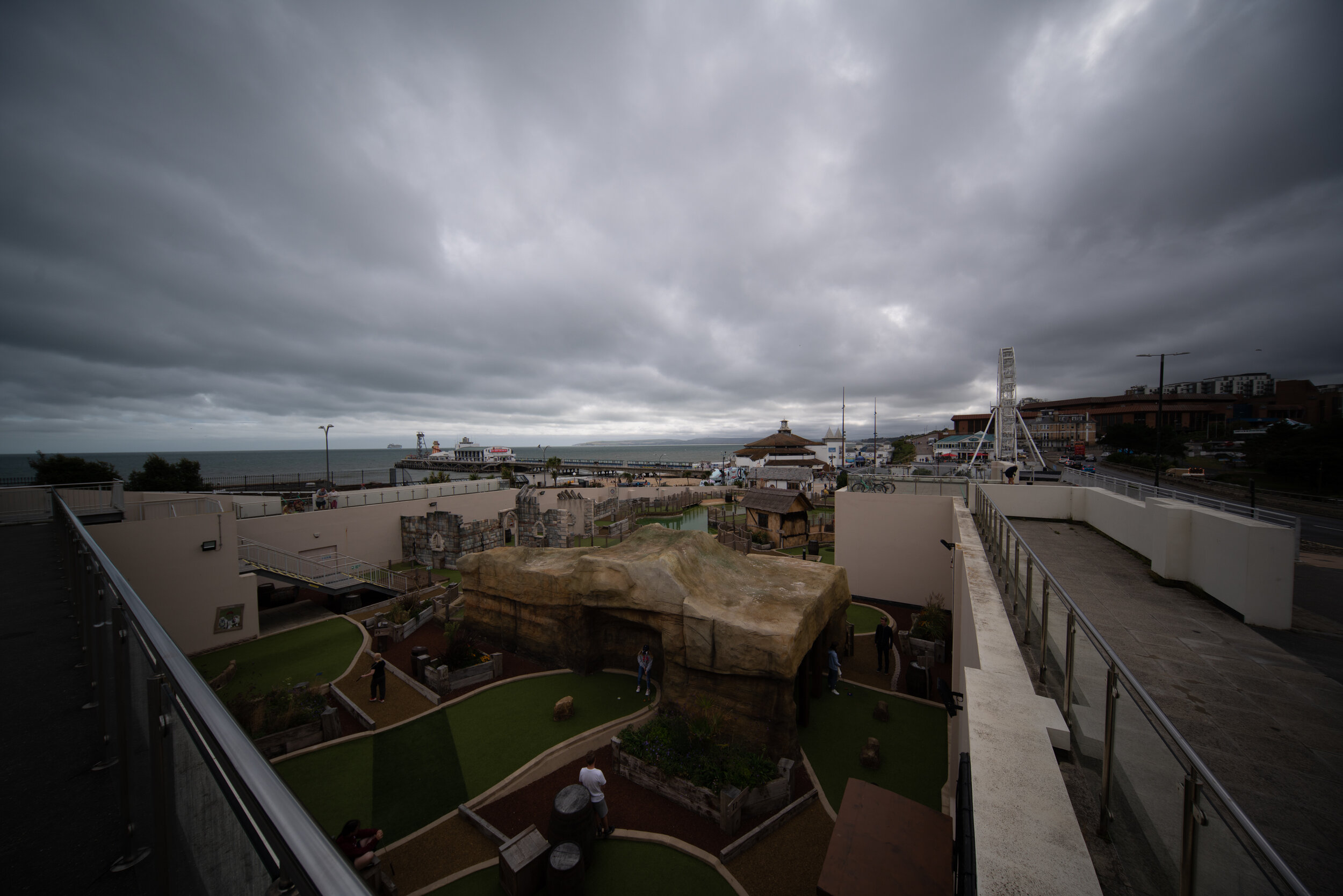




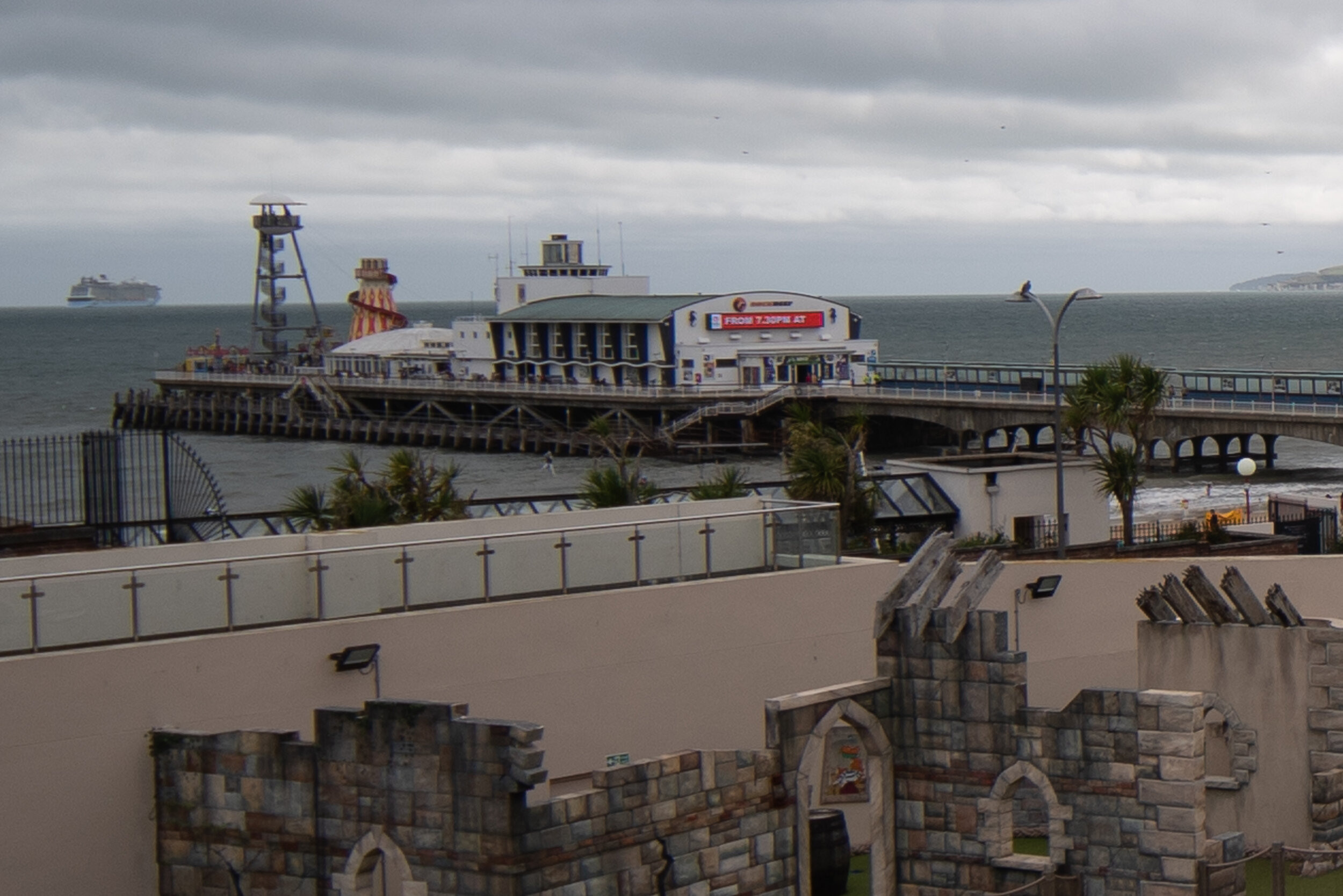
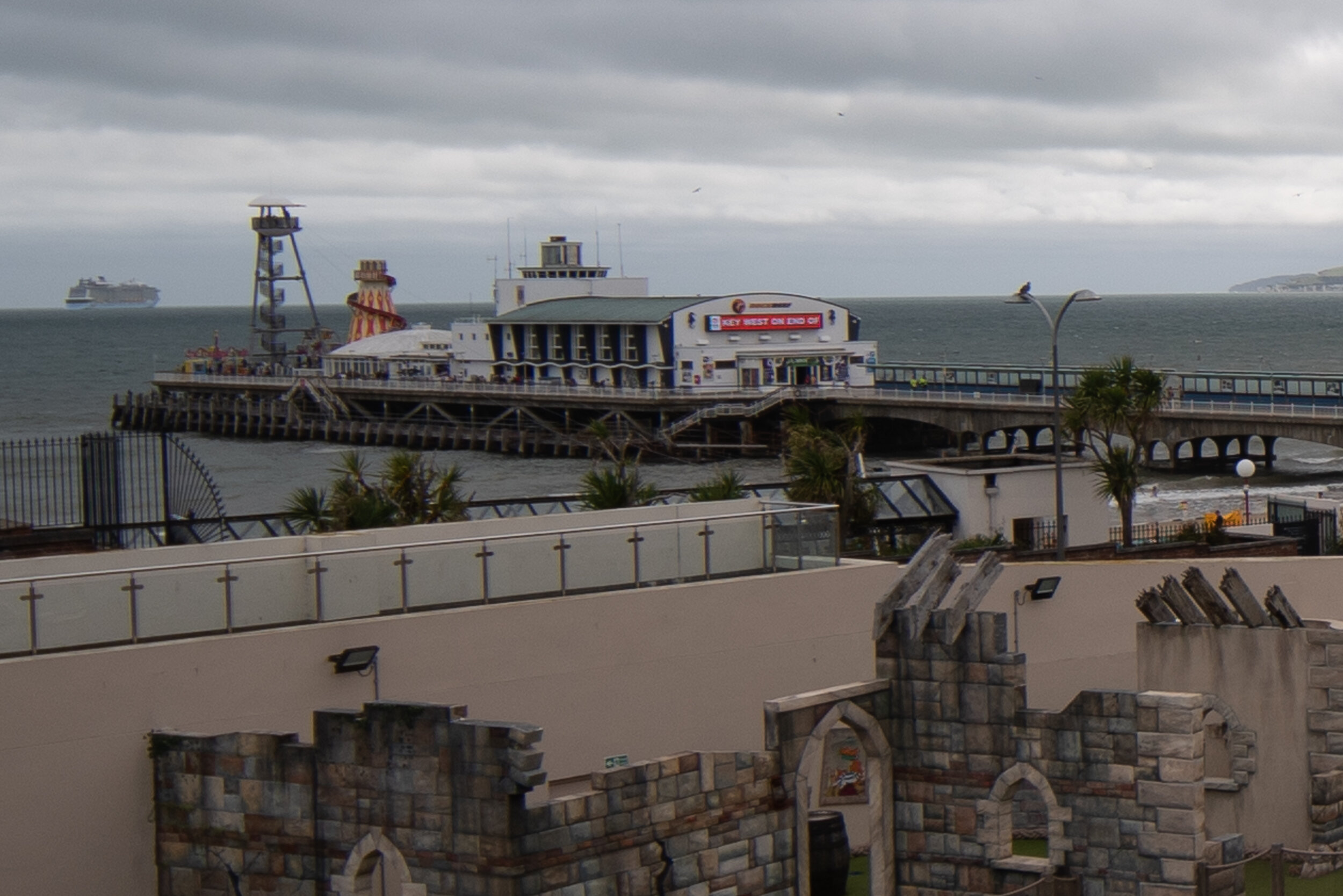
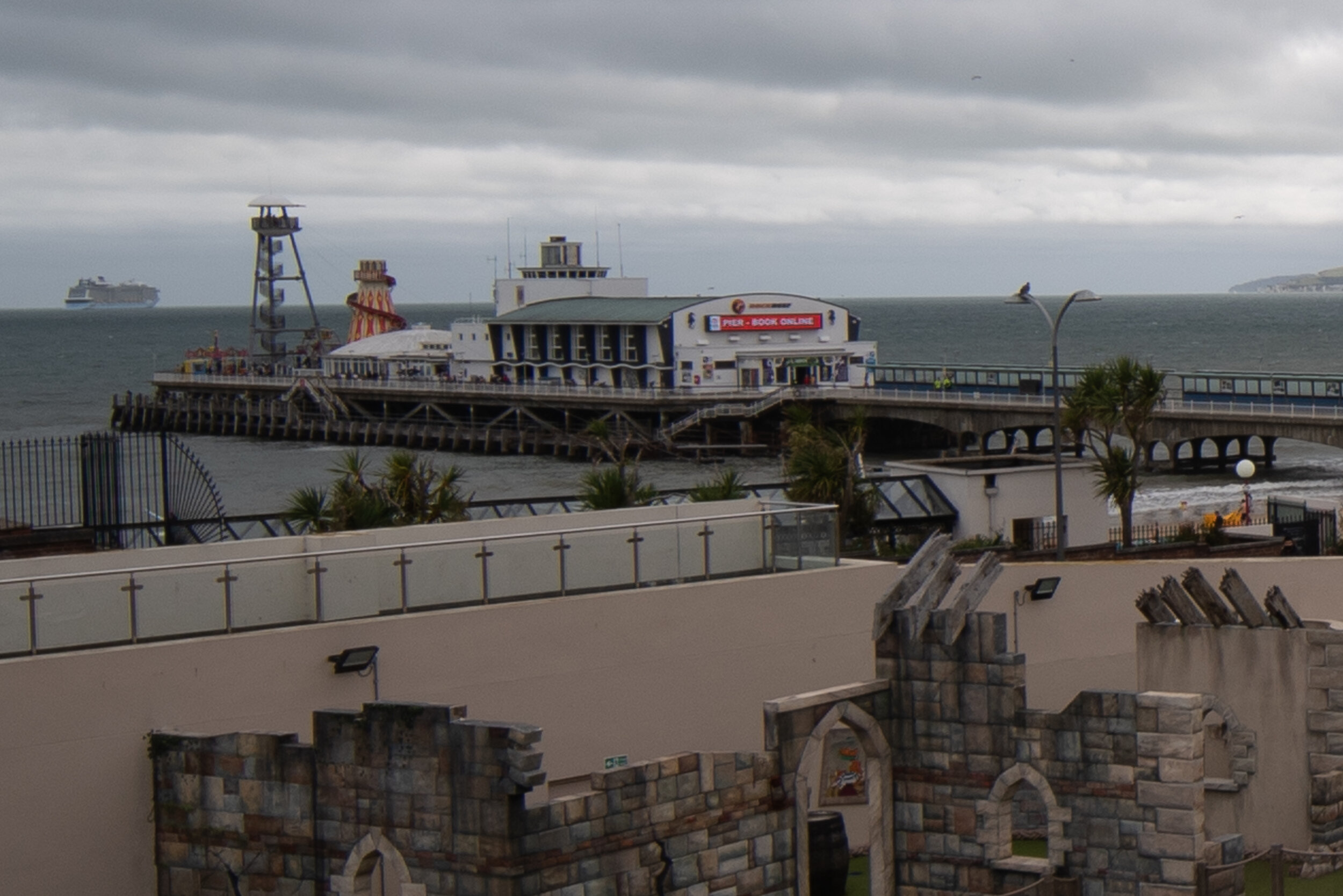


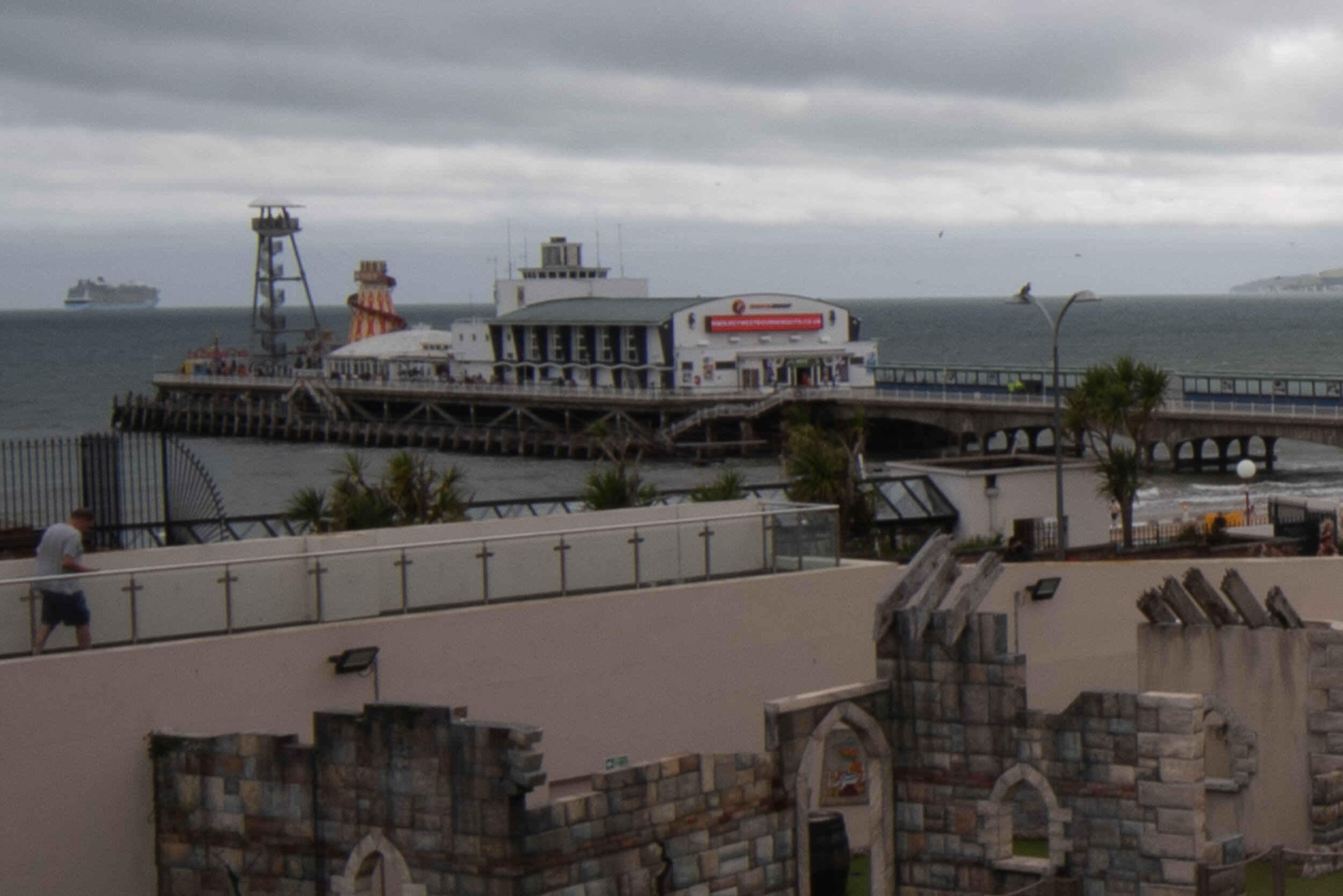
I was pleased with the amount of sharpness I saw and I am glad to see that being a small and compact lens has not compromised overall sharpness. I wouldn’t say it is as sharp as my Laowa 15mm f/2, or even the 12mm f/2.8, but it looks to be much sharper than the 10-18mm zoom. The corners appear to hold up fairly well, however, I found the sweet spot to be f/8 and f/11 for optimal sharpness across the frame. F/16 starts to show signs of softness due to diffraction and f/22 looks quite soft. For the majority of my shoots I kept the lens at either f/8 or f/11 - this gave me the best overall sharpness.
D800 + Laowa 12mm f/2.8 on the left - Sony A7r3 + Laowa 11mm f/4.5 on the right
A7r3 + 11mm f/4.5 on the left - A6600 + 10-18mm f/4.5-5.6 on the right
Conclusion
The lens is great and I have loved shooting with it. I can see where this fits in across their lens line up and will have great appeal for those shooters who really need to keep their gear weight and size down to a minimum with as little compromise as possible. I prefer shooting with a prime lens personally and my 10-18mm never leaves the 10mm point. So as this 11mm is sharper and has better flare control, I see no reason to keep the 10-18mm anymore! If you really want a wide lens but still has a fast aperture, then the 12mm f/2.8 is the better option. Just keep in mind it isn’t a light lens. I find the 15mm f/2 to be the better ‘all rounder’ as it is plenty wide enough and that f/2 is great for astro shooting. Rarely do I need to go wider and when I do, it’ll be for landscape work during the day so the slower aperture doesn’t bother me. I can highly recommend this 11mm lens, you just need to know if you’re happy working with an f/4.5 aperture, because other than that it is pretty awesome!
Just for a reference, below is a comparison set of images using the 10-18mm at 10mm wide, the 11mm f/4.5, 12mm f/2.8 and 15mm f/2. All shot at f/8, no editing or corrections have been applied. This will help to show you the big difference a few MM can make!
10mm f/8
11mm f/8
12mm f/8
15mm f/8
Fancy ordering one for yourself? You can use this affiliate link at no extra cost to you here - https://www.venuslens.net/product/laowa-11mm-f-4-5-ff-rl/ref/189/?campaign=JohnHPhoto11mm
Sample Gallery
Enjoy!
Got a question or want to know something I may have missed? Get in touch, i’d be happy to help out!



